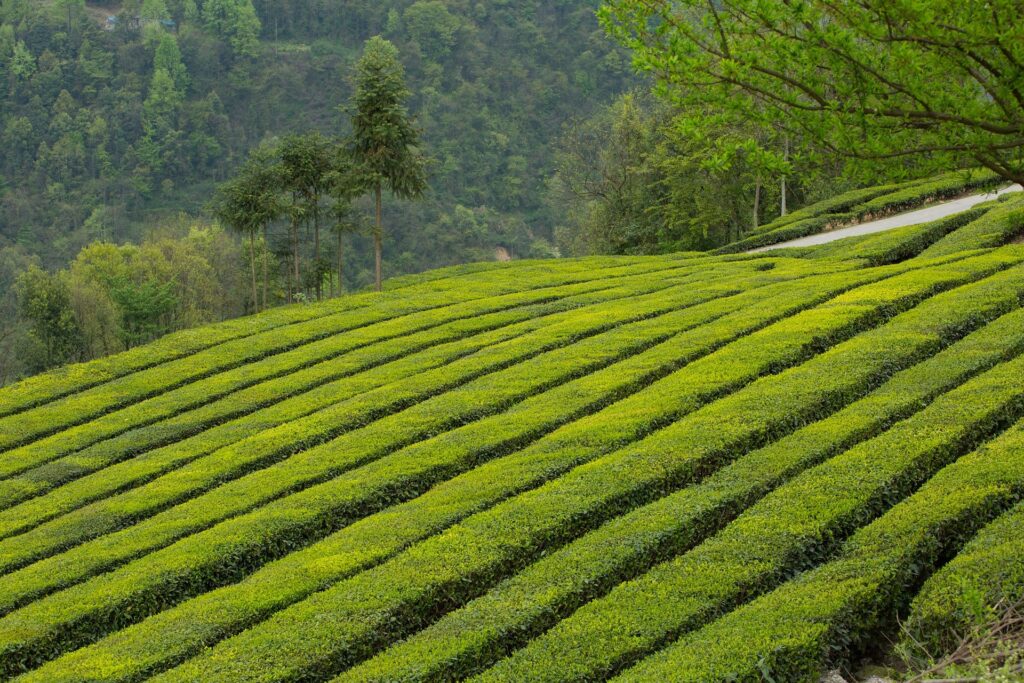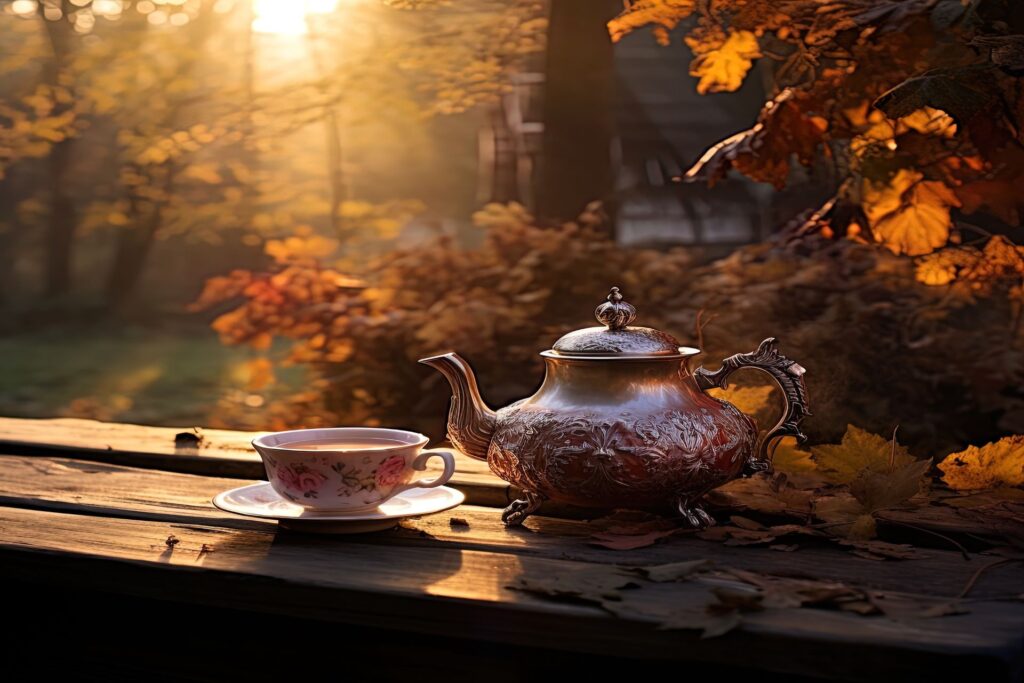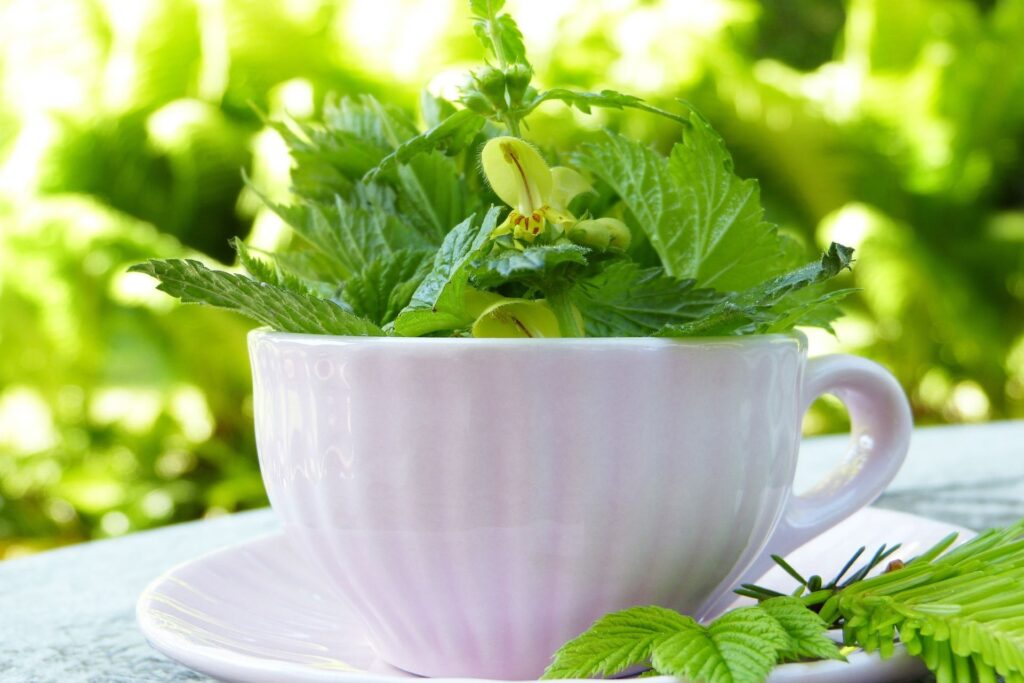Embark on a journey through time as we unravel the fascinating history of tea. From its ancient roots in China to its global spread, tea’s story is one of innovation, trade, and cultural exchange. Join us as we explore the pivotal moments and key figures that have shaped tea’s journey, from its mythical discovery by Emperor Shen Nong to its status as a beloved beverage enjoyed by millions worldwide. Discover how tea has transcended borders and traditions, leaving an indelible mark on societies and cultures throughout history.
Table of Contents

1. History of Tea For Curious Minds
The “History of Tea” is a captivating journey through time, tracing the origins and evolution of one of the world’s most cherished beverages. From its mythical discovery in ancient China to its widespread cultivation and global popularity today, tea has woven itself into the fabric of human culture. Each chapter of this storied history reveals the intricate interplay between cultures, commerce, and cultivation, showcasing tea’s enduring appeal and significance. As we navigate through the centuries, we uncover tales of discovery, innovation, and tradition, shedding light on the profound impact that tea has had on societies around the world.
2. Ancient Origins of Tea
The history of tea is often traced back to ancient China during the reign of Emperor Shen Nong around 2737 BC. Legends recount instances where leaves from a Camellia sinensis plant found their way into a pot of boiling water, leading to the creation of the first cup of tea. Historical evidence points to tea’s early use as a medicinal drink during ancient Chinese dynasties, reflecting its deep cultural roots.
3. Tea’s Spread Across the World
Tea transcended borders, reaching countries beyond China, such as Japan, where it became a central element in the revered Japanese tea ceremony. Here’s the history of tea begins with European explorers in the 16th century encountered tea during their travels to the East, introducing it to Europe and triggering a global fascination with this aromatic beverage.
4. Tea’s Impact on Culture and Trade
Tea’s impact on culture and trade is profound and multifaceted. It has served as a unifying force across diverse cultures, playing a pivotal role in social rituals, ceremonies, and hospitality practices. From the elaborate tea ceremonies in Japan to the casual chai gatherings in India, tea has been a symbol of connection, friendship, and tradition.
5. Tea’s Evolution and Modern-Day Significance
History of tea involves ancient methods to modern innovations, tea production has undergone remarkable transformations. Today, it stands as a globally cherished beverage, valued not only for its diverse varieties but also for its perceived health benefits.

5. Tea Rituals and Ceremonies
The legendary history of tea also hold profound cultural significance across diverse societies. From the meticulous and serene Japanese tea ceremony to the elaborate British afternoon tea, each ritual exemplifies the artistry and tradition associated with tea preparation and consumption.
6. Tea’s Varieties and Production Methods
The history of tea includes and offers an array of flavors and types, each representing the craftsmanship involved in processing tea leaves. Different tea categories – from delicate green teas to robust black teas and nuanced oolongs – showcase distinct characteristics stemming from various production methods.
7. The Art of Brewing the Perfect Cup
Brewing a perfect cup of tea is an intricate process that involves the right balance of factors like water temperature, steeping duration, and tea leaf quality. Mastery of these elements results in a brew that tantalizes the taste buds.
8. Tea’s Health Benefits and Myths
Tea stands as a beacon of health benefits backed by science. Its rich antioxidants, like catechins and polyphenols, combat free radicals, boosting our body’s defenses. Studies hint at tea’s role in promoting heart health by aiding blood vessel function and reducing inflammation. Additionally, its moderate caffeine content paired with L-theanine contributes to improved focus and mental alertness.
9. Tea in Literature, Art, and Media
Tea’s allure transcends its physical essence, making it a recurring motif in literature, paintings, and modern media. Depicted as a symbol of tranquility and social connection, tea’s portrayal resonates deeply in artistic expressions across various forms.

10 .Environmental and Social Impact of Tea Production
The tea industry faces challenges concerning sustainability and fair trade practices. Efforts towards sustainable cultivation methods and ethical sourcing are essential for the well-being of tea workers and the preservation of natural ecosystems.
11. The Future of Tea Industry
Innovations continue to shape the tea industry’s trajectory, with trends like specialty teas, herbal infusions, sustainable practices, and tea-based products gaining traction. These developments reflect evolving consumer preferences and a growing emphasis on ethical and eco-friendly practices.
12. Tea Tourism and Experiences
For enthusiasts seeking immersive experiences, visiting regions renowned for their tea plantations offers insights into cultivation methods, tea processing, and authentic tasting experiences. These destinations serve as hubs for tea aficionados seeking firsthand encounters with the history of tea.
13. Tea as an Art of Love and Relation
Through out history of tea, this brew is also considered a symbol of warmth, hospitality, and camaraderie. Its universal appeal fosters connections and transcends cultural boundaries, serving as a catalyst for meaningful interactions and shared moments.
Conclusion:
The journey of history of tea concludes from its accidental experiment to its global prominence, embodies more than a simple beverage. It symbolizes tradition, culture, and a shared experience, fostering connections that transcend geographical and cultural barriers.
FAQs:
1. What is the history behind tea’s origins?
A. The “History of Tea” traces back to ancient China, where, according to legend, Emperor Shen Nong discovered the beverage around 2737 BCE. This legendary tale marks the beginning of tea’s rich and storied past.
2. How did tea gain popularity beyond China?
A. Tea’s journey from China to the rest of the world is a fascinating tale of trade and cultural exchange along the ancient Silk Road. Buddhist monks played a crucial role in spreading tea to neighboring countries, and later, maritime trade routes facilitated its global dissemination.
3. When did tea first become popular in Europe?
A. Tea gained popularity in Europe during the 17th century, particularly in countries like Britain, where it was introduced by Portuguese and Dutch traders. The British East India Company played a pivotal role in establishing tea trade routes with China, leading to its widespread consumption among the British elite.
4. What pivotal historical events are associated with tea?
A. Tea has been intertwined with several pivotal historical events, including the Boston Tea Party in 1773, a protest against British tea taxes, and the Opium Wars of the mid-19th century, partially driven by Britain’s desire to expand its tea trade with China.
5. How has tea culture evolved over the centuries?
A. Over the centuries, tea culture has evolved and adapted to the customs and traditions of various societies. From elaborate tea ceremonies in Japan to the cherished ritual of afternoon tea in Britain, the history of tea is a testament to its enduring influence on cultures worldwide.
6. What role did tea play in colonialism and imperialism?
A. Tea played a significant role in the era of colonialism and imperialism, with European powers establishing tea plantations in colonies like India and Sri Lanka to meet the growing demand for tea in their home countries. This historical context sheds light on the complex dynamics of global tea trade.
7. How has the production and consumption of tea changed over time?
A. The production and consumption of tea have undergone remarkable changes over time, influenced by technological advancements, shifting trade patterns, and evolving consumer preferences. Despite these changes, the “History of Tea” remains a testament to its enduring appeal and cultural significance across the globe.

